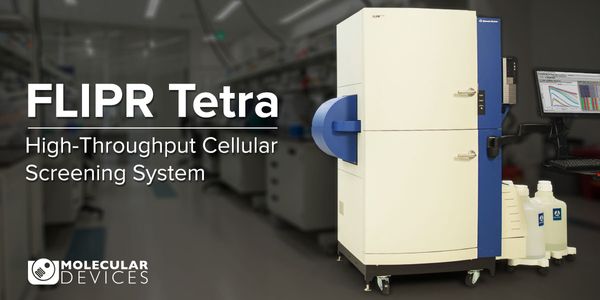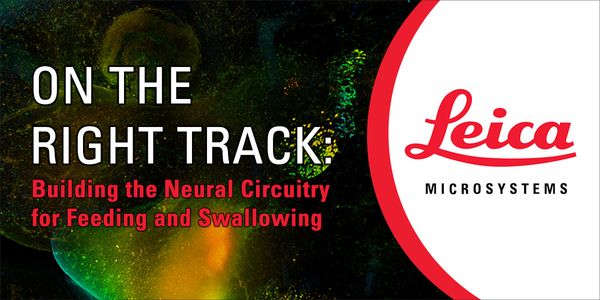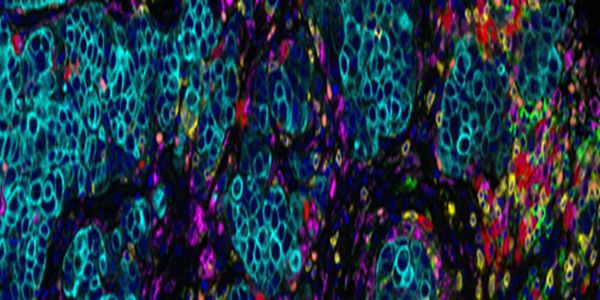Cell Line Development
Cell Line Development: Stable cell lines are widely used in a number of important applications including biologics (e.g. recombinant protein and monoclonal antibody) production, drug screening, and gene functional studies. The process of developing stable cell lines often starts with transfecting selected host cells, typically CHO or HEK 293 cells, with desired plasmids. After transfection, researchers then screen and quantify high-expressing clones. Once these high producers are identified, the cell lines and/or the proteins produced by the cells are validated. The manual screening methods traditionally used for cell line development are time-consuming and labor-intensive, creating a great demand for high-throughput, automated solutions for such efforts.
-
NOV 05, 2018 | 12:00 AMBiomedical researchers are increasingly using advanced human cell models for translational biology and therapeutic discovery studies. These include patient-specific samples, cultured micro-ti...OCT 30, 2018 | 10:00 AMDATE: October 30, 2018TIME: 10:00am PT, 1:00pm ET Identification and quantification of post-translational modifications (PTM) presents a unique challenge to proteomic studies...OCT 30, 2018 | 8:00 AMDATE: October 30, 2018TIME: 8:00am PDT, 11:00am EDT Does your PSC medium support cell therapy? In this webinar, learn about Cell Therapy Systems™ (CTS...OCT 25, 2018 | 8:00 AMDATE: October 25, 2018TIME: 08:00am PDT, 11:00am EDT While the significance of the microbiome is unprecedented, a thorough study to dissect the role of individual popul...OCT 23, 2018 | 10:00 AMDATE: October 23, 2018TIME: 10:00am PDT, 1:00pm EDT Next-generation genomic sequencing is transforming what is known about pediatric cancer and how we treat patients. But eve...OCT 23, 2018 | 7:00 AMDATE: October 23, 2018TIME: 7:00AM PDTHigh Throughput Screening for the European Lead Factory (ELF) has been performed at Pivot Park Screening Centre (PPSC). 72 HTS campaigns have...OCT 16, 2018 | 7:00 AMDATE: October 16, 2018TIME: 7:00m PDT, 10:00am EDT 22q11 Deletion Syndrome (22q11DS) is a genomic disorder caused by a microdeletion of chromosome 22 that occurs...As the most common female malignancy, breast cancer is the most likely reason that a woman will die of cancer around the world. Breast cancer mortality has dropped in the U.S. by 35% since 19...Speaker: Benjamin Anderson, MD
























